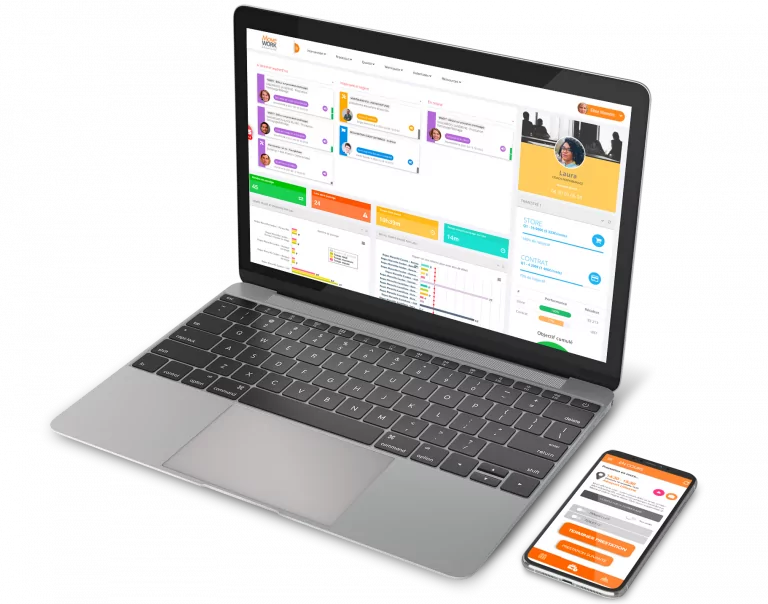Employees leaving the company, among other things because of poor working conditions, is the situation faced by many companies, which are powerless and have to bear heavy financial burdens to ensure these departures.
While simple and cost-effective hygiene, safety and comfort management solutions exist.
Article published in French WORKPLACE Magazine – October 2021
More than 100 billion euros. That’s how much absenteeism costs French companies every year (Institut Sapiens study – 2018). For turnover, the figures are just as staggering, with an average rate of 15% (Insee 2020). The cost of replacing an employee is estimated by experts to be between half and three times his or her annual salary, depending on whether the employee is a junior or senior member of staff.
Hygiene and cleanliness at the top of employees’ expectations
The main causes of turnover and absenteeism: loss of motivation for the job, remuneration out of step with performance… and poor working conditions. 80% of employees say so: the “well-being” offer in a company will be a crucial factor in recruiting and retaining them in the next 5 to 10 years, all generations included. And the number one criterion? Hygiene and cleanliness, considered necessary and indispensable. An employer’s responsibility considered “essential” (BVA 2020 study).
Provided that the quality of life at work is intelligently implemented, it has the power to become a fabulous lever for employee loyalty. Let’s be clear: it’s not about installing a table football in the break room, but about offering ‘real’ services to employees. The very ones that make employees think twice before leaving to see if the grass is greener elsewhere.
½ decision = mess2
Not investing in a QLW strategy therefore means taking the risk of seeing employees flee “for the better” and having to pay for non-decisions upstream. This means that investing in a service dynamic that provides comfort, security and confidence in the future is a sensible choice with a clearly guaranteed ROI.
This is where Facility Management and all its players come into play to help companies keep their commitments and develop a real spirit of service towards their various publics (users, employees, customers, etc.):
- Optimal and constant level of hygiene and cleanliness
- Personalized occupant services (concierge, reception, consumables)
- Reliable equipment
- ‘Intelligent’ spaces that magically adapt to needs and uses
- Better management of human resources thanks to the anticipation, planning and organisation of operations (maintenance, catering, etc.)
However, the mission is a critical issue for companies. It requires the implementation of a unified strategic and operational management platform, which is a necessary step for those who want to guarantee a healthy and safe environment, and therefore reassuring for all its occupants. Including those who deliver the services.
Patrick Tavaris, CEO of MoveWORK, says “Working on an FM strategy that puts the employee at the heart of the system is essential. But for this strategy to pay off, it is essential to offer service providers the ability to work together, to orchestrate their interventions more intelligently and more easily. In other words, to put the necessary resources in the right place at the right time so that services can be more valuable. This is the purpose of our MoveWORK Flow platform.”
Forte de son expérience dans le domaine des facility services, MoveWORK a créé une plateforme Cloud unifiée : MoveWORK Flow. Véritable passerelle entre le monde réel et digital, celle-ci rend les lieux plus intelligents et les organisations plus agiles, au service des Hommes.
Based on its experience in the field of facility services, MoveWORK has created a unified Cloud platform: MoveWORK Flow. As a real bridge between the real and digital worlds, it makes places more intelligent and organisations more agile, at the service of people.
MoveWORK Flow in 6 points:
- An interoperable platform, open to all types of external IT solutions (business software, connected objects, etc)
- Unified, interactive work processes and better communication between all players
- Consolidated quality controls
- Real-time interaction with occupants and the environment
- Total traceability and intelligent automation of interventions
- A global and detailed vision of all activities

